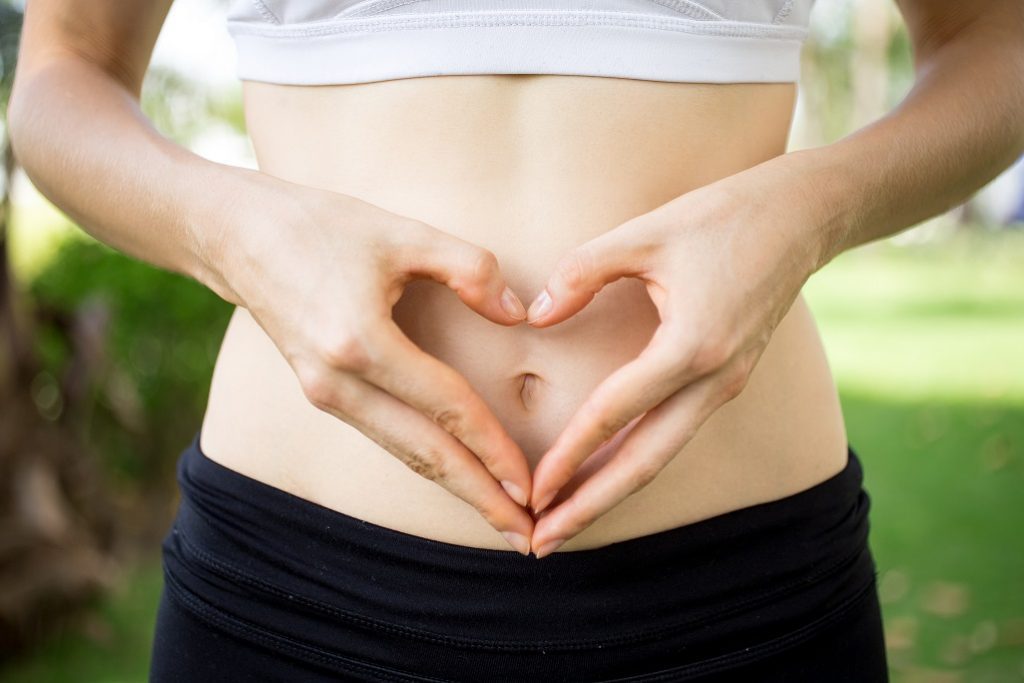Our very own Dr. Benjamin Barankin is quoted in healthing.ca online about how to clean our navel (belly button) properly. Read below to learn more.

Dear Asking For a Friend,
I take daily showers and consider myself pretty clean, but I recently noticed some brown buildup inside my navel. Scrubbing the area with a loofah and a body wash doesn’t seem to help, and when I rubbed it, it quickly turned red. What is this stuff and how can I safely remove it?
Signed, Crop Top
Dear Crop Top,
Just like the rest of the body, your belly button needs a good scrubbing: our navels can be magnets for all sorts of gross junk that you’ve never even heard of.
North Carolina-based researchers swabbed the belly buttons of 60 study participants and uncovered some pretty disturbing stuff. A total of 2,368 species of bacteria was found inside the participants’ navels, with more than half of the identified bacteria being “completely new to science,” according to an independent report.
One participant’s belly button had “a bacterium that had previously been found only in soil from Japan” – where he has never traveled – while two types of “extremophile bacteria that typically thrive in ice caps and thermal vents” were identified in someone else’s navel.
The truth is that because our midriffs aren’t usually exposed, our navels don’t get a lot of airflow. So in addition to bacteria, belly buttons can attract and harbour lint, dirt, dead skin cells, and sweat as well as soap residue.
Dr. Benjamin Barankin, a dermatologist and medical director of the Toronto Dermatology Centre, says bacteria — especially staphylococcus and streptococcus, as well as candida yeast — can accumulate on the surface and inside the navel. And if the area isn’t cleaned properly, that buildup can lead to more complications.
“If you don’t clean the area periodically, it can become red, have discharge, develop an odour, become itchy or sore, and infrequently become infected,” warns Barankin.
No one wants a smelly belly button that’s full of germs, dirt and who knows what else. Luckily, all that unwanted stuff inside the navel can be safely removed through regular cleanings.
To minimize bacteria and extract anything else that may become trapped in there, experts recommend a weekly hygiene routine. Simply dip a cotton swab in rubbing alcohol or plain soap and water and gently clean the area once a week, and dry pat as you normally would after a shower.
If you have a belly button piercing, navel hygiene is even more important, because it risks getting infected. An existing piercing should be washed with the same routine: rubbing alcohol or soap, once a week. New or fresh piercings should be swabbed with salt water or a saline solution from your local drugstore. It can take up to a year for a belly button piercing to fully heal, so make sure you read up on aftercare.
If there’s stubborn belly button buildup that you can’t seem to get rid of yourself, a dermatologist or a primary care provider can evaluate the area and use special equipment to remove it.
The bottom line is that no one ever thinks of the navel as a reserve for bacteria and other buildup, and unless you want a smelly belly button or a yeast infection in there, you should clean it properly and periodically.
Credit: Maja Begovic, healthing.ca
